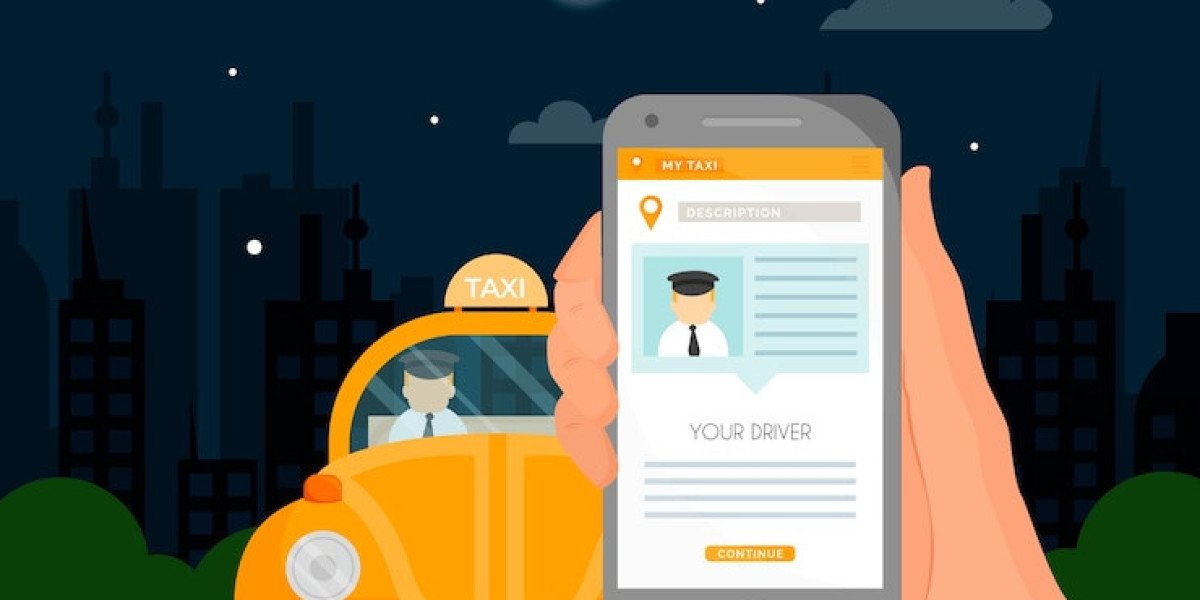The rapid growth of ride-hailing services like Uber has inspired many entrepreneurs to develop their transportation apps. To build a successful Uber clone app, you need more than just a good idea – you also need the right tools and technologies to bring it to life. With so many development frameworks and platforms available today, choosing the right tools can make all the difference between success and failure.
Choosing the Right Development Framework
React Native
React Native is one of the most popular frameworks for building mobile apps, and it’s an excellent choice for developing an Uber clone app. This open-source framework, developed by Facebook, allows you to create apps for both iOS and Android platforms using a single codebase. With React Native, you can write your app’s code once and deploy it across multiple platforms, saving time and effort.
The key benefit of using React Native is its ability to deliver a native-like performance and user experience. React Native apps are known for their speed, responsiveness, and smooth animations, making them ideal for a ride-hailing app where performance is critical.
Flutter
Flutter, developed by Google, is another cross-platform framework that is gaining popularity for app development. Like React Native, Flutter allows developers to build apps for both iOS and Android using a single codebase. However, Flutter is unique in that it uses its own rendering engine to deliver high-performance graphics and animations.
Flutter’s fast development cycle, coupled with its ability to create visually stunning user interfaces, makes it a solid choice for building Uber-like apps. Additionally, Flutter provides a wide range of pre-built widgets, making it easy to design custom UI components that align with your brand.
Backend Development and API Management
Node.js
Node.js is a powerful, lightweight, and scalable backend development platform that is widely used for building real-time applications. For an Uber clone app, Node.js is an excellent choice because it can handle a large number of simultaneous connections with low latency. This is crucial for ride-hailing apps, which require real-time data processing, user location tracking, and quick response times.
Node.js uses JavaScript on the server side, which makes it easy for developers to create fast and scalable backend solutions. With its asynchronous, event-driven architecture, Node.js is well-suited for building apps that require high performance, like Uber clones.
Firebase
Firebase, a Backend-as-a-Service (BaaS) platform developed by Google, simplifies backend management by providing a wide range of cloud-based services. Firebase handles many critical functions such as authentication, cloud storage, real-time databases, and serverless computing, making it an excellent tool for Uber clone app development.
Using Firebase, you can quickly integrate real-time location tracking, push notifications, and in-app messaging features into your app. Its real-time database allows for seamless data synchronization between users and drivers, which is essential for ride-hailing services.
Geolocation and Maps Integration
Google Maps API
Accurate geolocation is at the heart of any Uber-like app, and the Google Maps API is a trusted solution for integrating map and location-based services. The Google Maps API provides features like real-time location tracking, route optimization, and distance calculations, all of which are crucial for connecting riders and drivers in a ride-hailing app.
By using the Google Maps API, you can display interactive maps within your app, enabling drivers to navigate efficiently and riders to track their trips in real-time. The API also offers detailed traffic data, which can be used to calculate estimated time of arrival (ETA) and provide better trip estimates.
Mapbox
While Google Maps is the most well-known mapping solution, Mapbox is a strong alternative for developers looking to customize their map data. Mapbox allows you to create custom maps with unique styles, providing a more personalized user experience. It also supports real-time geolocation and route optimization features, making it suitable for Uber-like apps.
Mapbox’s flexibility and customization options make it an attractive choice for developers who want more control over the visual elements of their app’s map interface. Additionally, it offers detailed analytics on user behavior and traffic patterns, helping you optimize your app’s performance.
Payment Gateway Integration
Stripe
For a ride-hailing app to be successful, it must have a secure and reliable payment processing system. Stripe is one of the most popular payment gateways for mobile apps, offering seamless integration and support for various payment methods, including credit cards, debit cards, and digital wallets.
Stripe’s API is easy to use and allows for the quick setup of payment processing within your app. It also provides advanced security features like encryption and fraud detection, ensuring that user data and transactions are protected. For an Uber clone app, integrating Stripe enables you to offer secure, cashless payments, which is a major convenience for both drivers and riders.
PayPal
Another popular payment gateway is PayPal, which is widely recognized and trusted by users around the world. PayPal’s mobile SDK allows you to integrate payment options into your app quickly and easily, supporting a variety of payment methods including PayPal accounts, credit cards, and debit cards.
For users who prefer the convenience of PayPal, offering this payment option in your Uber clone app can increase customer satisfaction and loyalty. Additionally, PayPal provides strong security measures, ensuring that all transactions are safe and reliable.
Real-Time Communication
Twilio
Real-time communication between drivers and riders is a critical component of any ride-hailing app. Twilio is a leading platform that provides cloud-based communication solutions, including SMS, voice calls, and in-app messaging.
With Twilio, you can easily integrate real-time communication features into your app, allowing riders to contact drivers directly and receive updates about their trips. Twilio also supports automated notifications and SMS alerts, helping to enhance the overall user experience by keeping users informed throughout their journey.
Pusher
Pusher is another powerful tool for adding real-time communication capabilities to your app. Pusher’s API allows you to build chat systems, real-time notifications, and event updates, making it easy for drivers and riders to communicate within the app.
By integrating Pusher, you can improve the overall functionality of your Uber clone app, ensuring that users stay connected and receive timely updates about their rides.
Conclusion
Developing an Uber clone app requires careful consideration of the tools and technologies you use, supported by an on-demand app development company that specializes in creating scalable platforms. From frontend frameworks like React Native and Flutter to backend solutions like Node.js and Firebase, each tool plays a crucial role in building a successful and scalable app. Additionally, integrating geolocation services, secure payment gateways, and real-time communication platforms will enhance the overall functionality and user experience, ensuring long-term success in the competitive ride-hailing industry.



